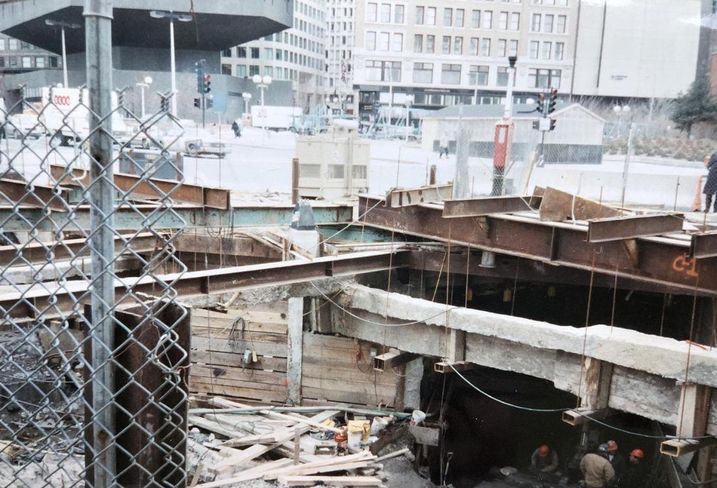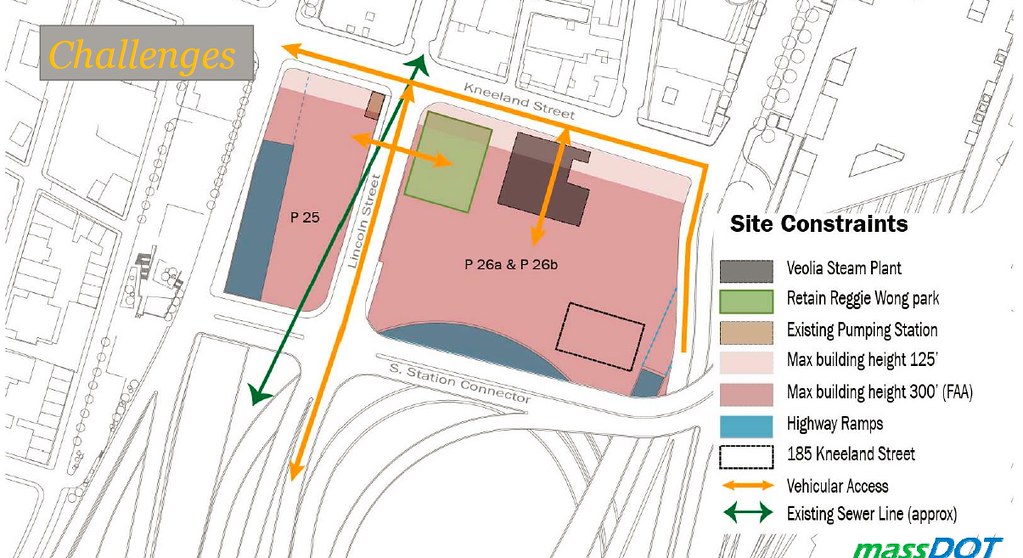Jacking Pits in Boston ’s Central Artery Project
Arturo Ressi di Cervia Treviicos Corporation, Boston, Massachusetts
To enable the process of excavation of the soil in front of the Tunnel Box -- the soil was frozen so that mining techniques could be used to mine the space for the Tunnel Box without any danger of the tracks being disrupted
While all of those crossing presented great challenges, the tunnel under the Amtrak lines was particularly difficult since it had to be built with only 20 feet of cover without taking out of service any of the tracks bringing commuters to South Station, the City’s busiest rail terminal. Add to this the difficult geological conditions, the presence of utilities and obstructions and the size of the tunnels to be built and it is easy to believe that this particular contract ranks among the most challenging ones in a project which will be remembered for years to come as a true test of the ingenuity and professionalism of the American construction industry. Fig. 1. Central Artery/Tunnel Project General Map Paper No. 5.12 2 METHODOLOGY Three tunnels had to be built, all 78 feet wide by 38 feet high, the 150 feet long ramp section, the 260 feet long westbound tunnel and the 380 feet long eastbound one collectively known as the South Bay Interchange. After careful study of the geology and of Amtrak’s requirements, the chosen method was to jack the tunnels under the tracks, a feat never attempted in North America for boxes of those dimensions. Soil freezing was the method chosen to stabilize the ground through which the boxes had to be jacked and appropriate precautions were taken to compensate for the expansion of the frozen soil. In such a manner the tracks could be protected from collapses during excavation and from heave during the freezing procedure. Hundreds of pipes were driven into the ground on a tight pattern between the tracks on the alignment of the proposed tunnels and brine at 30 degrees below zero was circulated through the pipes to create a block of frozen ground.




 faa
faa